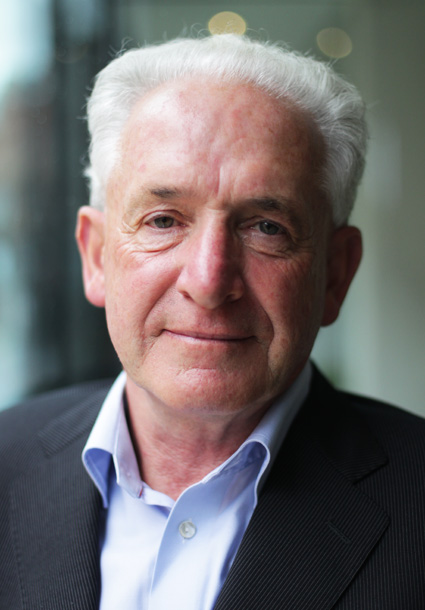The ACP critical of the way Nuns are being portrayed
8 January 2025
For the past two centuries nuns (sisters) educated people in their schools, and cared for people in hospitals, at a time when the state was either unwilling or unable to provide such services.
Yes, they operated industrial schools, orphanages and mother and baby homes and the values under which such institutions operated clearly failed in many circumstances to reflect those of the Gospel. It is important that people who have suffered institutional abuse should be given whatever help is necessary for their possible recovery from the trauma of their experience.
Many people were lifted out of poverty and lived successful lives because of the education provided by the religious women. Many people also lived longer and healthier lives as a result of the care they administered.
Hindsight alters perspective. It is clear that many Religious regret that their orders ever took on the state’s job of running orphanages or got involved in providing services to the single pregnant women whom no one wanted to help and many of whose families saw them as objects of shame and profound embarrassment.
The cultural context of the times is rarely, if ever, mentioned. Society judges the past harshly while media outlets seek to outdo each other in condemnation. Religious sisters are vilified; a harsh hard-faced nun, dressed in traditional habit, has become the standard media image of all nuns. It is false and unjust.
Those who are still alive are mainly elderly women. We know them and the hurt they experience by this portrayal. The reality is that most have lived quiet, hard-working lives with a minimum of financial reward. In the current atmosphere they are afraid to make their voices heard, knowing the abuse that would be showered on them from many, many quarters.
We, in the Association of Catholic Priests, are now speaking out in protest at the way nuns are being portrayed. We are not suggesting any cover up of abuse, but we look for balance, fairness and perspective in the presentation of the stories.
